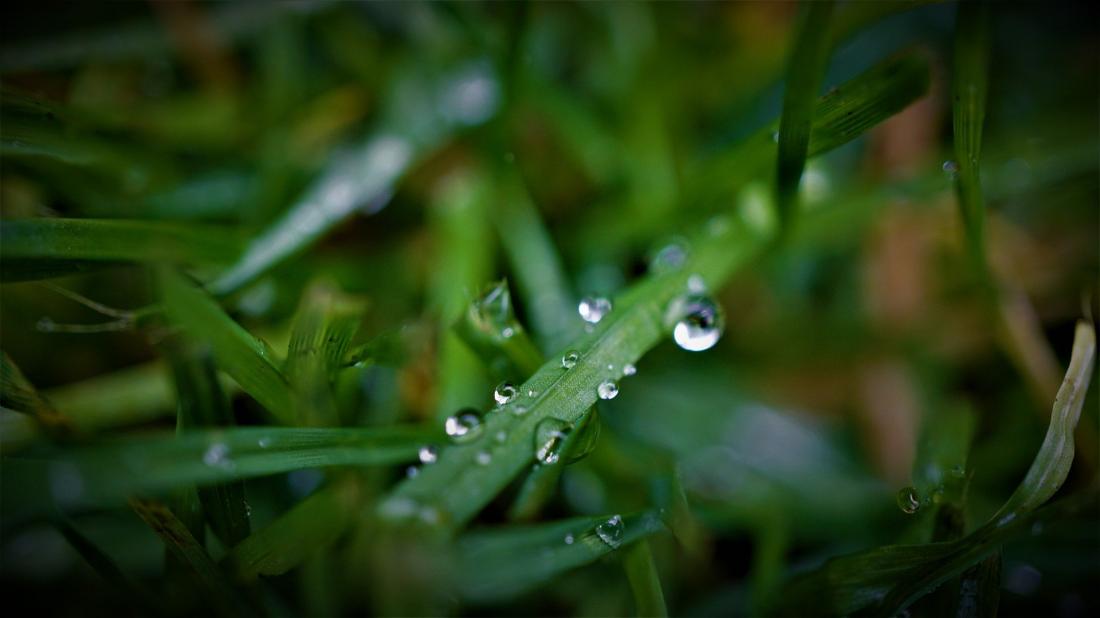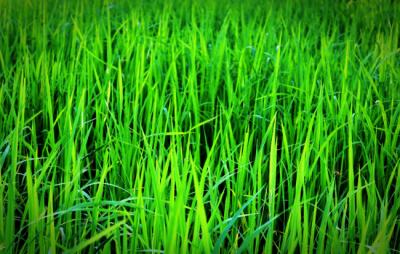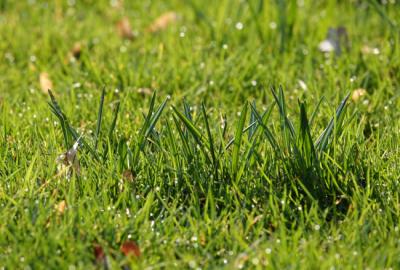Emerald Zoysia is very easy to care for and drought-resistant grass, making it a popular option for residential lawns. However, some problems do start to occur occasionally – most commonly from zoysia grass diseases. Luckily, following a few simple steps can help reduce or eliminate the problem, making the grass look healthier.
To get you started on your lawn care, here are some of the issues to look out for and the solutions to tackle them.
Brown Patch – Common Emerald Zoysia Problem
Brown patches are among the most prevalent disease that causes the zoysia grass to die off. These patches will start small but can spread quickly in the warm season. You can usually identify this issue by seeing brown rings that enclose the green center.
Unfortunately, it is not easy to entirely eliminate this problem, but you can keep the grass healthy to make it less susceptible to the issue. Some ways to keep the grass in good condition are to fertilize it only when required and water when the morning dew has dried.
To further keep the situation under control, you can use fungicides available in the market. For recommendations, contact us at (404) 631-7610.
Dollar Spot
The main characteristic of this common grass is the development of straw-colored spots. They usually appear on individual leaves that are almost the size of a silver coin. This disease happens as a result of high humidity or low soil moisture. It can also occur when the fertilizer is not applied timely, or the mowing technique is wrong.
However, by following the right practices, this disease can be controlled in all sorts of grasses, including emerald and Jamur Zoysia. Besides that, also pay attention to weed control and thatch management.
Rust on Emerald Zoysia Sod
The rust often develops during moist and wintry conditions. This disease appears as an orange powdery-like substance on the emerald grass. Luckily, there are multiple ways to control it; you can use the appropriate fungicides to retrieve grass clippings during or after mowing, or bag Emerald Zoysia clippings when mowing. Make sure to dispose of waste to prevent it from spreading further.
Pink Snow Mold
This disease is also known as fusarium patch and is caused by a fungus. You can characterize the issue with the yellow spots. These spots initially start to develop when the snow melts on the grass. In the beginning, they are just 1-2 inches in diameter, later they will begin to turn brown, and the diameter will increase to 12-24 inches. This disease primarily attacks the lawn in autumn and winter.
The main reason for this happening is the poor management of thatch and poorly drained soils. To avoid it, use a vertical mower to reduce the thatch and deep water the grass once a week in the early hours of the morning.
These are some of the most prevalent diseases that the team of Sod Farms wants you to look out for. The precautionary tips mentioned above will prove to be a secret of long-lasting and fresh Emerald Zoysia sod.
For more tips to maintain lawn health, contact us at (404) 631-7610.






